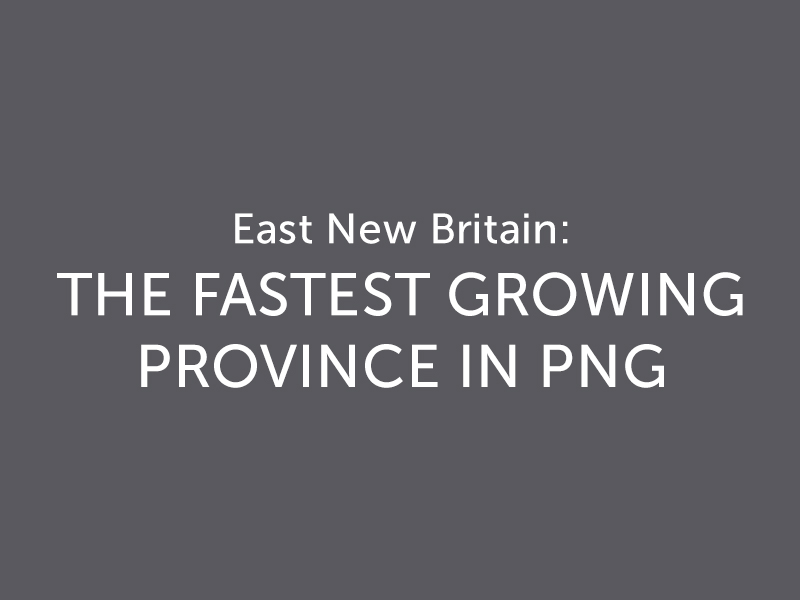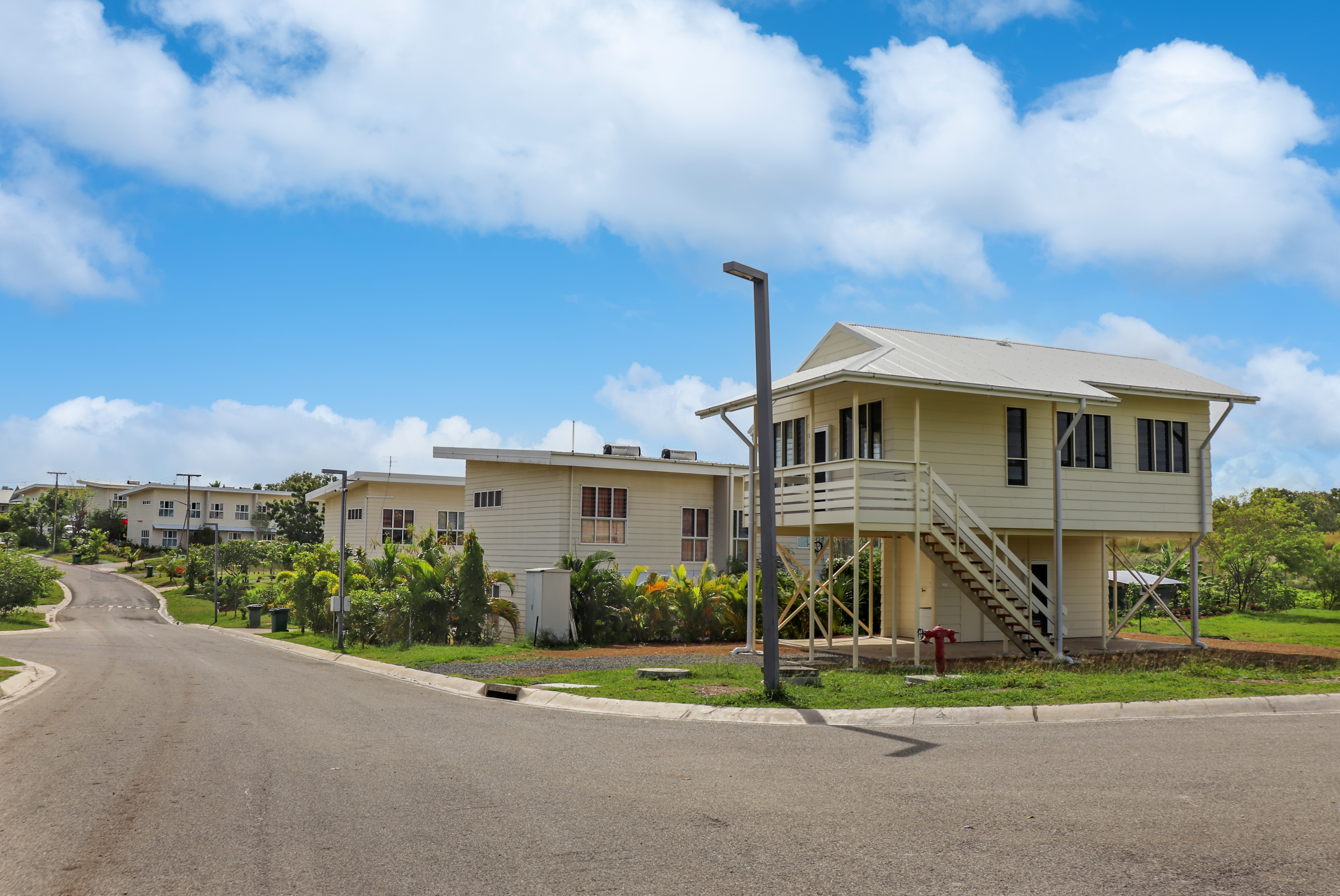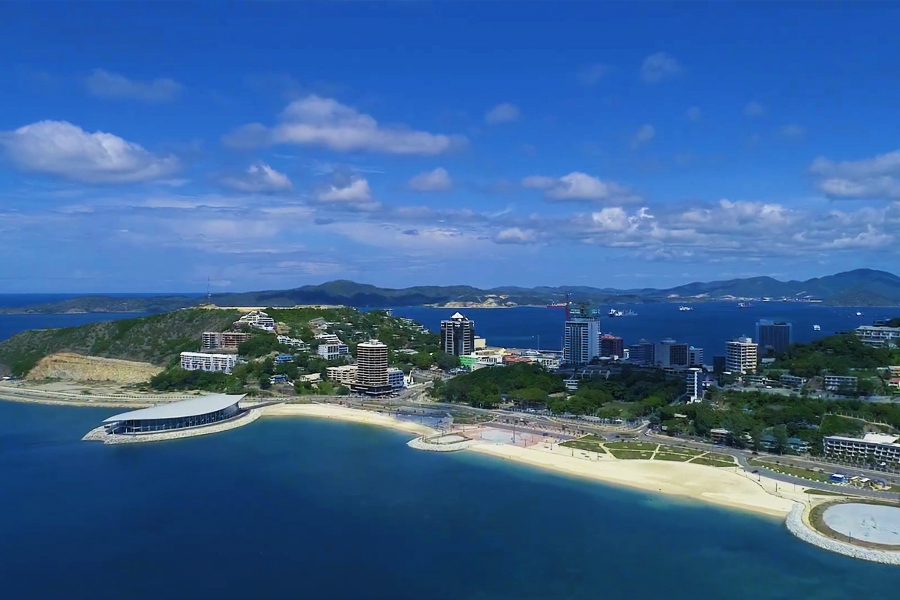At the launch of several large projects in the Southern Highlands Province, PNG’s Prime Minister Peter O’Neill said that the “winds of change are coming” to some of the Nation’s most remote districts. In a speech to people in both Kagua and Nipa, he emphasised the dramatic growth rate of PNG’s economy which is driven by new projects and housing developments not only in Port of Moresby, the main capital, but also in distant suburbs which are recently experiencing incredible growth such as East New Britain, the fastest growing province in PNG.
He also talked about the billions of Kina in various trust accounts and the projects they are funding, though the funds need to be managed better.
East New Britain was previously devastated by volcanic activity in 1994, destroying 80% of the buildings in Rabaul, which was the local capital at the time. Currently, there are plans to focus on reviving the old business district in Rabaul, starting with the old market area. Ekonia Walom, the new town manager, talked about plans currently in place to rapidly bring much-needed development. He spoke of plans to establish a new cheque account and a new accounting system. The expectation is that this will strengthen the administration and improve accountability.
From Volcanic Destruction to Fastest Growing Province in PNG
Given how devastating the volcanic activity in 1994 was for East New Britain, impressive development has already occurred. A high number of development applications are being reviewed by the East New Britain Physical Planning Board. ENB’s new capital of Kokopo is now the fastest growing town in the country and the trend seems to be constant as about 95% of the applications were for projects in Kokopo. These projects include The Gazelle International Hotel, a service station, the Gazelle Restoration Authority, the Kokopo Sports Stadium, and a new headquarters for Kokopo/Vunamami LLG.
Housing Projects and Touristic Destination
Thomas ToBunbun, chairman of the East New Britain Chapter of the Communal Land Development Ltd., talked about the mix of urban and rural businesses in Kokopo and how it has become a tourist destination. Tourism has gone a long way towards supporting development. Connecting Kokopo to the provincial Tokua airport has helped support business and tourism.The additional development has helped to increase local demand in the construction industry, which has also been good for the local economy and fot the growing province in PNG. This demand is in the form of both commercial and residential developments.
New residential estates include, but are not limited to Tibur, Kenabot, and Takubar. The New Guinea Islands Historical Society (NGIHS) founder Gideon Kakabin talked about the Warangoi area as another highly desirable location. It has a rural character, yet also has easy access to the local capital of Kokopo via well-developed roads.If you prefer cooler weather, Toma is a potentially desirable destination. People seeking affordable housing and willing to commute can check areas on the outskirts of town or beyond. Those areas tend to have lower prices, yet are still within reach of the in town amenities. Mr. Kakabin indicated that the predominant housing stock in the growing province consists of three-bedroom stilt houses. They are typically made of timbers, but have an iron roof and wood floors. More recently, brick is becoming more popular.
Because of the low crime rates and incomparable natural beauty of this province of small islands, many people consider it to be an ideal place to live. It has a great climate and incredible views in unique terrain. The limited number of tribal groups in the area helps keep friction at a minimum. For many people, it is a quiet and peaceable area.




Comments